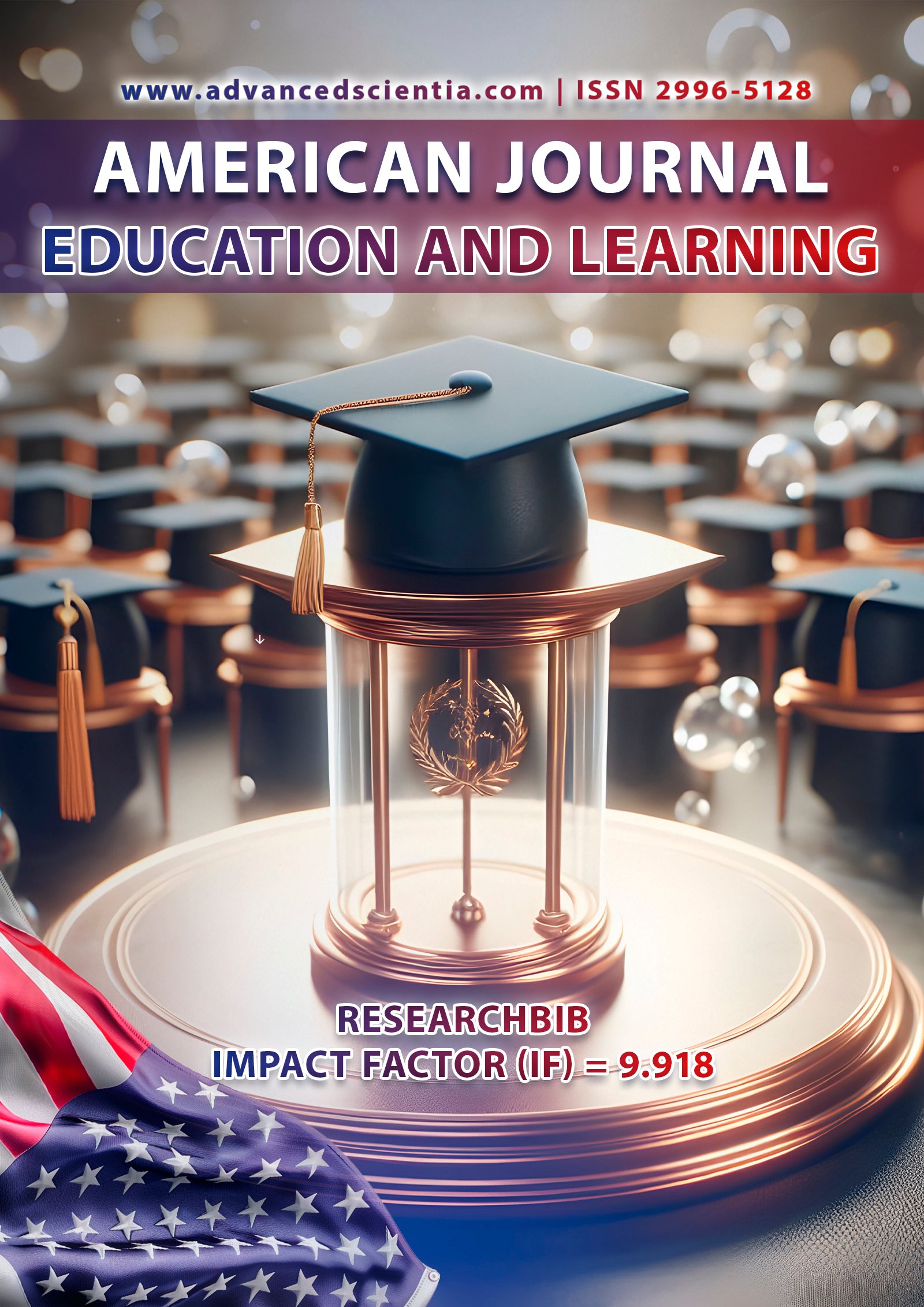THE APPLICATION OF THEORIES IN REAL LANGUAGE LEARNING CONTEXTS
Abstract
The sphere of language learning, especially English, around the world differs from the past. Since the younger generation finds being taught by old methods less interesting which makes teachers investigate more and explore new teaching ways. The article discusses how to achieve a successful application of theories and methods in classrooms. Because not all what is taught to teachers might not work during the lessons.
References
DeKeyser, R. (1998). Beyond focus on form: Cognitive perspectives on learning and practicing second language grammar. In C. Doughty & J. Williams (Eds.), Focus on Form in Classroom Second Language Acquisition. Cambridge: Cambridge University Press.
Doughty, C., & Williams, J. (1998). Pedagogical choices in focus on form. In C. Doughty, & J. Williams (Eds.), Focus on form in classroom second language acquisition (pp. 197-261). Cambridge: Cambridge University Press.
Elley, W. B., Barham, I. H., Lamb, H. and Wyllie, M. (1976) The Role of Grammar
in a Secondary School English Curriculum. Research in the Teaching of English,
Vol. 10: 5-21.
Krashen, S. (1985). The input hypothesis: Issues and implications. New York: Longman.
Krashen, S. D. (1982). Principles and practice in second language acquisition. Oxford: Pergamon Press.
Stevick, E. W. (1976). Memory, meaning and method. New York: Newbury House Publishers.
VanPatten, B., & Sanz, C. (1995). From input to output: processing instruction and communicative tasks. In F. R. Eckman, D. Highland, P. W. Lee, J. Milcham, & R. Rutkowski Weber (Eds.), Second language acquisition theory and pedagogy (pp. 169-185). Hillsdale, NJ: Erlbaum.






















